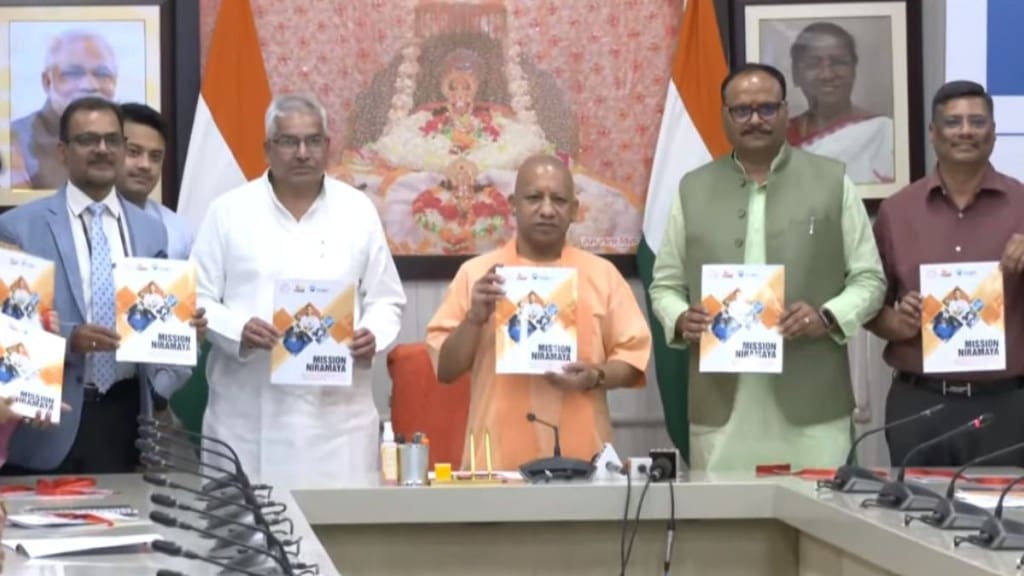Uttar Pradesh chief minister Yogi Adityanath on Wednesday released the rating of 383 Nursing colleges, and 294 Paramedical colleges in the state. These include both private as well as government colleges. These ratings will be made available to the public through the official website of the UP State Medical Faculty. This move aims to enable colleges to gain valuable insights into their quality standing and serve as an inspiration for them to improve their teaching and training methodologies.
The rating mechanism is a part of “Mission Niramaya,” an initiative aimed at elevating the quality of pre-service education programmes in Nursing and Paramedical Education. It aims to promote transparency and accountability of the healthcare education system in the State to ensure quality in healthcare professionals entering the workforce. It was conducted by a team of 70 technical assessors who checked the teaching-learning processes, learning outcomes, and technical documentation; and 58 non-technical assessors who assessed general documentation and infrastructure were drawn from across the country by the Quality Council of India (QCI).
The data presents the rating of nursing colleges based on their performance in various programmes, including ANM, GNM, BSC, PBBSC, and MSC. The paramedics have been evaluated on overall performance. The colleges have been classified into five grades: A, B, C, D, and E which serve as a useful tool to evaluate their standing.
“Uttar Pradesh has made significant improvements in medical education in the past few years. The number of colleges doubled in the period from 2017 to 2022 and is poised to double in the next two years. With a view to achieving our goal of one medical college in each district, we have signed an MOU with two private investors, Rajiv Samajik Shiksha Sewa Sansthan for Mau district and Gyan Chetna Educational Society for Shamli district have been selected for establishing high caliber institutes,” Adityanath said.
Meanwhile, the UP State Medical Faculty has collaborated with leading agencies, including Jhpiego, UPTSU, and the Quality Council of India (QCI), for the exercise. A user-friendly app-based application was developed for colleges to participate in the assessment. A rating framework and scoring rubrics were designed by Jhpiego based on three pillars: Infrastructure, Teaching-Learning Process, and Learning Outcomes. UPTSU provided technical guidance and validation, ensuring the accuracy of the assessment process while QCI conducted desktop analysis, guided colleges, trained assessors, and conducted physical visits using body cameras for transparency. QCI also oversaw data cleaning and analysis, allowing colleges to review scores and address concerns through a Grievance Review Committee.

